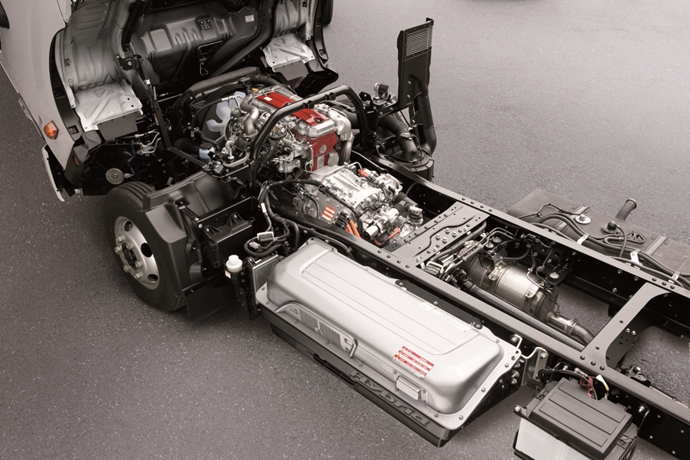
Baffled by trucking terminology? We’ve got you covered with our Trucking Terminology 101 series. Whether you’re a seasoned pro or a trucking newcomer, you’re on your way to understanding the ins and outs of the industry lingo.
Here are four more terms to add to your arsenal.
Torque
A huge number of trucking terms fall into the category of ‘specs,’ or specifications and these specifications can describe GVM, GCM, wheelbase, power weight, power, material, and more.
Torque is one of the most commonly-used specs when describing a vehicle.
Technically speaking, Torque is the twisting force of an engine exerted at the crankshaft. Torque can be understood in several situations that have nothing to do with vehicles.
Consider taking an unopened jar from the refrigerator. You grasp the lid and attempt to twist it. Perhaps it loosens, and perhaps it doesn’t. Regardless of whether it comes loose, you are applying torque to the lid of the jar.
This same idea of torque is applied to vehicles. Torque impacts your truck’s ability to accelerate, drive up steep inclines, and haul large loads.
An engine’s torque and horsepower characteristics are directly linked. In fact, horsepower curves can be mapped based on a calculation using engine torque at a range of engine revolutions.
Engine torque, when multiplied together with gearing ratios, provides “tractive effort” calculations which are the best indication of a vehicles ability to maintain speed for a given hill and load.
Exhaust brake
Every truck has a braking system that helps slow down the vehicle and bring it to a stop and typically, there are several ways a driver can slow down their vehicle, whether they use the primary service brakes which acts on the wheels or a secondary brake system.
In diesel trucks, one common secondary brake system is called an exhaust brake. The exhaust brake is a method of retarding the speed of the truck to either increase or supplement the amount of braking required by the primary service brake system.
Exhaust brakes operate by inducing back pressure in the engine. A valve is used in the exhaust system that restricts the flow of gases through the engine. The increase of back pressure essentially reduces engine revolutions allowing it to slow down the vehicle.
Not only do exhaust brakes provide diesel-truck drivers with an additional method of decelerating, but they also help to reduce wear and tear on your normal service brakes and protect them from overheating.
Kerb weight (Tare)
Kerb weight, also sometimes called kerb mass or tare weight, is the unladen weight of a vehicle.
In other words, the kerb weight is the mass of your truck with all standard equipment and in running order but without carrying any load. The official definition of kerb weight (unladen weight) includes the weight of a full tank of fuel and excludes the driver.
While kerb weight typically refers to the vehicle as a whole, truck manufacturers supply specification sheets for trucks without bodies and so these spec sheet kerb weights exclude the weight of the vehicle’s body.
Net payload
There are several weights that truck drivers need to keep in mind, and net payload is one of them. It is a significant term because it determines the maximum load that can be moved by the truck.
Net payload refers to the difference between kerb weight and the manufacturer’s gross vehicle mass (GVM). Note that some vehicles have a higher GVM than is permitted to be carried on our roads (according to state regulation). If this is the case, net payload is the difference between the kerb weight and maximum weight permitted to be carried on the road.
Kerb weight is already detailed above but the gross vehicle mass (GVM) is the maximum total weight that a truck can apply to the ground.
Kerb weight is determined without driver/passengers. The GVM includes driver/passenger, so the net payload weight is including not only the cargo in the back of the truck, but the people in the cab.
Ready to contact a dealer? Find your nearest Hino dealer here.